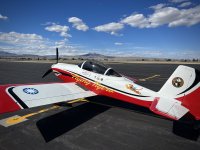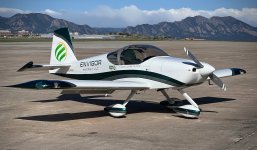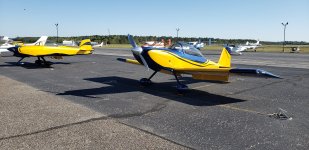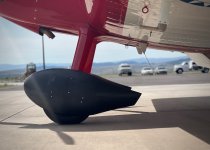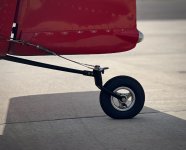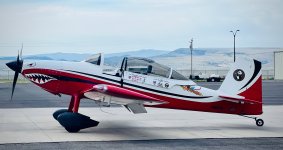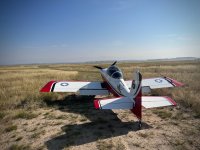SquawkVFR
Member
I'm shopping for my first airplane. After having read through the extensive "nose vs. tailwheel" never-ending thread, https://vansairforce.net/forums/nosewheel-vs-tailwheel.56/ (lots of good points in there by the way - I recommend all read through it) I have very specific questions, the answers to which (I hope) should produce little debate. These questions were not answered in the other thread, which is why I'm making a separate one here.
All superficial considerations aside, please answer the following questions:
At what crosswind speed will the -8 weathervane while taxiing on the ground?
What is the difference between the maximum crosswind landing/takeoff speed of the -8 and -8A?
Reason for the questions is I would like to predict the impact of each configuration on my ability to taxi, takeoff, and land. For the purposes of these questions, please assume both aircraft are exactly identical other than nose/tail configuration, a perfect pilot is at the controls, and the aircraft is loaded with only the pilot and at gross weight. Feel free to weigh the considerations of clean vs. flaps extended if you feel that may contribute one way or the other.
All superficial considerations aside, please answer the following questions:
At what crosswind speed will the -8 weathervane while taxiing on the ground?
What is the difference between the maximum crosswind landing/takeoff speed of the -8 and -8A?
Reason for the questions is I would like to predict the impact of each configuration on my ability to taxi, takeoff, and land. For the purposes of these questions, please assume both aircraft are exactly identical other than nose/tail configuration, a perfect pilot is at the controls, and the aircraft is loaded with only the pilot and at gross weight. Feel free to weigh the considerations of clean vs. flaps extended if you feel that may contribute one way or the other.




